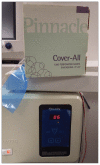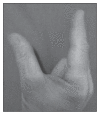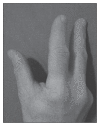Intraoral radiographic tips and tricks
- PMID: 29386685
- PMCID: PMC5764209
Intraoral radiographic tips and tricks
Figures






















Similar articles
-
Canine dental radiography.J Vet Dent. 2004 Sep;21(3):186-90. J Vet Dent. 2004. PMID: 15580826 Review. No abstract available.
-
Photographic documentation for veterinary dentistry and oral surgery.J Vet Dent. 2012 Winter;29(4):270-4. doi: 10.1177/089875641202900413. J Vet Dent. 2012. PMID: 23505789 No abstract available.
-
Developing dental radiographs.J Vet Dent. 2004 Jun;21(2):116-21. J Vet Dent. 2004. PMID: 15366358 No abstract available.
-
Oral-dental radiographic examination technique.Vet Clin North Am Small Anim Pract. 1998 Sep;28(5):1063-87, v. doi: 10.1016/s0195-5616(98)50103-9. Vet Clin North Am Small Anim Pract. 1998. PMID: 9779541 Review.
-
Diagnostic Imaging in Veterinary Dental Practice.J Am Vet Med Assoc. 2018 Jan 1;252(1):49-51. doi: 10.2460/javma.252.1.49. J Am Vet Med Assoc. 2018. PMID: 29244594 No abstract available.
MeSH terms
LinkOut - more resources
Full Text Sources
